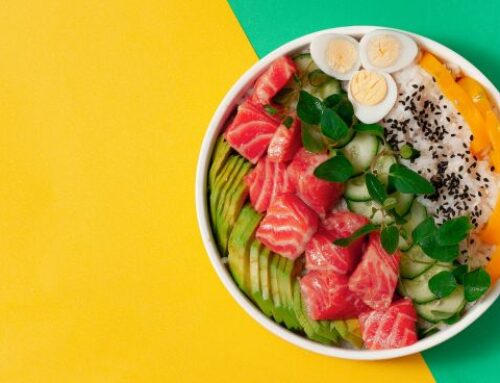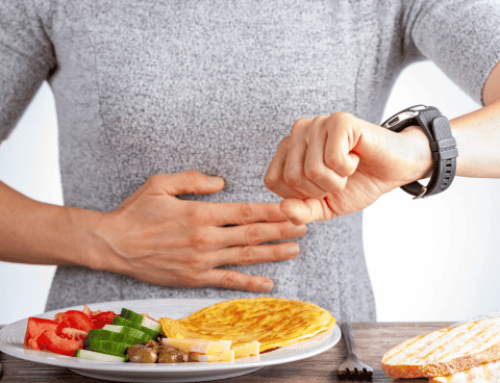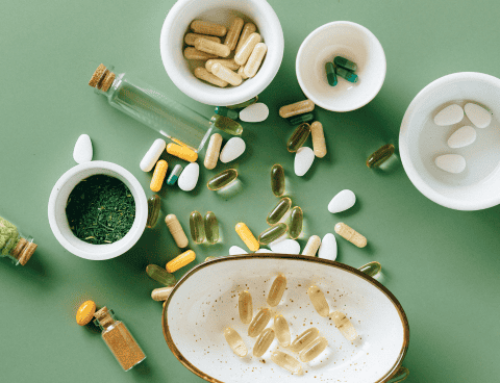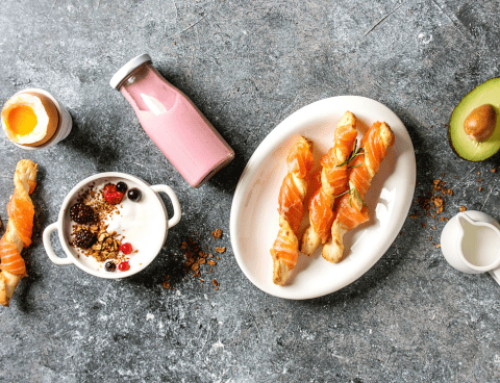As one of the earliest giants in baseball, almost everything about Babe Ruth was exaggerated. Whether it was his power at the plate, his penchant for nightlife, or his legendary appetite, the Babe was simply larger than life. But one thing about the Babe that wasn’t so mythical was his regular pre-game diet of two to four hot dogs and several sodas. Given that he retired with 56 Major League Baseball records, many baseball players grew up believing that if hot dogs and sodas were good enough for Babe Ruth, they were good enough for me.
Old habits die hard, especially in baseball. While MLB might have been the first major sport to embrace analytics, the traditional clubhouse spread of things like hot dogs, nachos, pizza, and chicken has remained. But just as data output has modernized baseball’s scouting and evaluation process, each team now has a dietitian to keep an eye on the team’s food input. And according to a recent article in The New York Times, junk food is out. Food for recovery and refueling is in.
“Junk food and corn syrup do not provide quality nutrients for adequate recovery,” explained Alexa Scully, the Philadelphia Phillies’ dietitian, who oversees a dugout menu of almonds, dried mango, beef jerky, string cheese, and peanut butter pretzels. “When carbs are mixed with a little bit of fat, fiber, or protein, this helps keep blood glucose from spiking and provides sustainable energy over a longer period of time.”
Slowly but surely, baseball players are discovering that a better diet can benefit them on the field while also increasing stamina and speeding recovery. To that end, traditional clubhouse supplies of gum, candy, and sunflower seeds have been replaced with fruit, jerky, nuts, string cheese, Kind bars, Honey Stinger waffles, and sugar-free gum. Sunflower seeds and gum are still there for the players who want them, but healthier choices will always be more readily available.
Even the once ubiquitous water coolers and sports drinks have been superseded by protein shakes and hydration drinks custom-tailored to account for each player’s sweat and sodium loss. The goal is better hydration, increased energy levels, and faster recovery.
Of course, the clubhouse spreads have changed too. Hot dogs? Nachos? Pizza? Fried Chicken? Beer? Ice cream? While every team’s dietitian and or chef has a different philosophy, if it hasn’t been replaced already, the traditional baseball clubhouse spread is going, going, and likely, soon to be gone. Hot dogs may have powered the Babe, but today’s major leaguer fuels up with salad, pasta, and salmon.
Granted, most non-major league baseball teams lack a dietitian or chef on staff, and pretty much every amateur player is on their own when it comes to nutrition. And for many ballplayers, old habits can be hard to change. For many, the issue might even be one of habit and superstition. Consider that Red Sox and Yankees Hall-of-Famer Wade Boggs famously had to eat chicken before every game. But, while generations of baseball players grew up on the “Babe Ruth Diet,” players like Aaron Judge and Giancarlo Stanton now know that the food they put in their bodies can improve how they perform on the field.
If your goal is to become a major league baseball player, scouts will always look at your speed, power, ability to hit for average, fielding skills, and arm strength. They may not consider your diet, but if you take a lesson from major league dietitians and focus your food intake on performance and recovery, what’s on your plate can definitely help you be better at the plate, on the mound, or in the field.
RECOMMENDED FOR YOU
MOST POPULAR
As one of the earliest giants in baseball, almost everything about Babe Ruth was exaggerated. Whether it was his power at the plate, his penchant for nightlife, or his legendary appetite, the Babe was simply larger than life. But one thing about the Babe that wasn’t so mythical was his regular pre-game diet of two to four hot dogs and several sodas. Given that he retired with 56 Major League Baseball records, many baseball players grew up believing that if hot dogs and sodas were good enough for Babe Ruth, they were good enough for me.
Old habits die hard, especially in baseball. While MLB might have been the first major sport to embrace analytics, the traditional clubhouse spread of things like hot dogs, nachos, pizza, and chicken has remained. But just as data output has modernized baseball’s scouting and evaluation process, each team now has a dietitian to keep an eye on the team’s food input. And according to a recent article in The New York Times, junk food is out. Food for recovery and refueling is in.
“Junk food and corn syrup do not provide quality nutrients for adequate recovery,” explained Alexa Scully, the Philadelphia Phillies’ dietitian, who oversees a dugout menu of almonds, dried mango, beef jerky, string cheese, and peanut butter pretzels. “When carbs are mixed with a little bit of fat, fiber, or protein, this helps keep blood glucose from spiking and provides sustainable energy over a longer period of time.”
Slowly but surely, baseball players are discovering that a better diet can benefit them on the field while also increasing stamina and speeding recovery. To that end, traditional clubhouse supplies of gum, candy, and sunflower seeds have been replaced with fruit, jerky, nuts, string cheese, Kind bars, Honey Stinger waffles, and sugar-free gum. Sunflower seeds and gum are still there for the players who want them, but healthier choices will always be more readily available.
Even the once ubiquitous water coolers and sports drinks have been superseded by protein shakes and hydration drinks custom-tailored to account for each player’s sweat and sodium loss. The goal is better hydration, increased energy levels, and faster recovery.
Of course, the clubhouse spreads have changed too. Hot dogs? Nachos? Pizza? Fried Chicken? Beer? Ice cream? While every team’s dietitian and or chef has a different philosophy, if it hasn’t been replaced already, the traditional baseball clubhouse spread is going, going, and likely, soon to be gone. Hot dogs may have powered the Babe, but today’s major leaguer fuels up with salad, pasta, and salmon.
Granted, most non-major league baseball teams lack a dietitian or chef on staff, and pretty much every amateur player is on their own when it comes to nutrition. And for many ballplayers, old habits can be hard to change. For many, the issue might even be one of habit and superstition. Consider that Red Sox and Yankees Hall-of-Famer Wade Boggs famously had to eat chicken before every game. But, while generations of baseball players grew up on the “Babe Ruth Diet,” players like Aaron Judge and Giancarlo Stanton now know that the food they put in their bodies can improve how they perform on the field.
If your goal is to become a major league baseball player, scouts will always look at your speed, power, ability to hit for average, fielding skills, and arm strength. They may not consider your diet, but if you take a lesson from major league dietitians and focus your food intake on performance and recovery, what’s on your plate can definitely help you be better at the plate, on the mound, or in the field.










